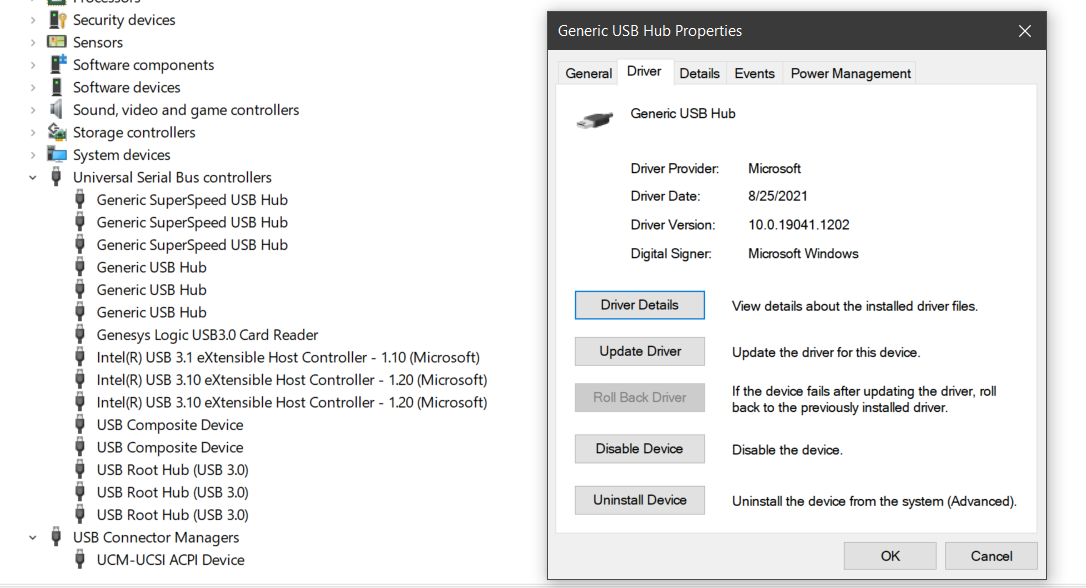External Hard Drive Not Showing Up
Sometimes, your computer fails to recognize your external hard drive and there could be a few reasons behind it. Usually, removable disk drives such as external hard drives, SD cards and USB flash drives should be relatively easy to use. In some cases, however, you will notice an external hard drive not showing up on your desktop, laptop, or other device with USB ports.
Why is My External Hard Drive Not Showing Up?
There can be multiple causes behind this problem. Let us look at some of the most common ones.
- The external drive may be facing partition issues
- The hard drive’s file system is incompatible with your computer
- The USB ports on your computer are either broken or disabled
- The computer is using driver(s) incompatible with the hard drive
- The drive you are using has failed completely

Lifetime for External Hard Drives
External hard disk drives contain numerous moving parts, which means that they will fail at some point. The various moving parts present in the drive are susceptible to damage and when you consider that these drives are portable, it is easy to see why they eventually stop working. Physical faults such as motor failure and head crashes are especially common in external hard drives and may be the reason why yours is not showing up on your computer.
An external hard drives lifespan is around three to five years (maybe slightly more if you take really good care of it). Of course, the model, make and conditions in-which you store the drive will also determine how long it will last.
Are Some Environments Unfit for Storing External Hard Drives?
Consider the following example about a marine biologist living next to the ocean. They might be recording any number of figures about changes in the environment around them. The internal storage of their laptop or desktop may not be capable of storing all that data, so they back up their computer to an external hard drive regularly.
This external hard drive would be exposed to more moisture than a hard drive that remained in a landlocked area. Not only that, but the environmental salt present when you are in close proximity to salt water, coupled with the increased environmental moisture would increase the rate of corrosion for metals capable of oxidation. So, an external hard drive in a coastal environment is far more likely to experience mechanical failure than a hard drive that sits on a desk, in an office building, in a landlocked state. In short, be sure to account for the specific details of your circumstances when estimating how long your hard drive will last.
Protecting an External Hard Drive from Damage
Handling your external hard drive carefully will reduce the likelihood that it fails. You should store and transport external HDDs with extra care because they are more fragile than you may think. When carrying your drive from one place to another, make sure you keep it in a padded box or wrap it in something that prevents the drive from getting damaged if the box were to fall or you were to drop it.
If you use an external hard drive for backing up your data, it would be advisable to purchase an upgrade every few years to make sure your most important data remains safe. If you have the capacity to store one of your “old” external hard drives in a different location than your “new” drive, this will decrease the likelihood of catastrophic data loss due to house fire, flood, or theft. Keeping an additional backup of your pictures, videos and other important data in the cloud would also be a wise choice.
External Hard Drive Not Showing Up Due to Disabled USB Controller
The Windows operating system allows users to enable and disable USB controllers in the Device Manager on their computer. While these controllers are enabled by default for new computers, it is possible that the USB controller your computer uses to interact with the hard drive has been disabled.
To check if this is the case in your particular situation, navigate to the device manager and you will see a list (left side of the image). Scroll down to the ‘Universal Serial Bus controllers’ item on this list, click anywhere on the title, left click and select ‘properties’ on each item in the drop down menu to open the properties pop-up (right side of the image). check that the usb controller your external hard drive is plugged into is active.

Data Recovery When External Hard Drive Not Showing Up
If you are still experiencing an external hard drive not showing up, you are likely an unfortunate individual who is facing data loss. The drive has failed, and your data is gone. That is, you have no capacity to retrieve the data from your failed drive. A professional data recovery lab like Gillware would certainly be capable of restoring data from your failed external hard drive. To get started on your path to being reunited with your lost files, click this link to start the recovery today.
